How Camera Traps Capture Rare Wildlife Candids
Researchers use camera traps to answer serious and silly questions.
Each week, Atlas Obscura is providing a new short excerpt from our upcoming book, Wild Life: An Explorer’s Guide to the World’s Living Wonders (September 17, 2024).
Let’s say that you want to observe wild animals doing whatever it is they normally do. But because you’re around, watching, the animals aren’t going to do that at all. Instead, they’re going to do what they do when a strange person is nearby—up to and including never coming out of the bushes. Your thirst for knowledge has kept you from acquiring any.
Enter the camera trap. This simple contraption has helped us Big Brother our way into a better understanding of reclusive animals’ behaviors, populations, and interactions— as well as, sometimes, their very existence. Its guiding principle—that we don’t have to hang out somewhere in order to see what’s going on there—has allowed us to expand our knowledge without doing too much high-impact stomping around.
The invention of the camera trap is generally credited to George Shiras III, a pioneering wildlife photographer bent on encouraging his fellow outdoorsmen to come out of the woods with, as he wrote, “wild-life pictures instead of antlers or rugs.” Beginning in the 1890s, Shiras developed a number of strategies to get animals to “photograph themselves,” including baiting strings and tying them to camera shutters as well as running trip wires over birds’ nests or between trees.
His nighttime technique, which he called “flashlight trapping,” involved elaborate setups of wires, tasty bait, and hermetically sealed boxes of magnesium powder, the detonation of which provided the necessary flash. (While today’s camera traps privilege stealthiness, Shiras’s nocturnal snapshots came with explosions that could be heard up to 3 miles [5 km] away and often sent their subjects “fleeing in needless terror,” making for some dramatic photographs.)
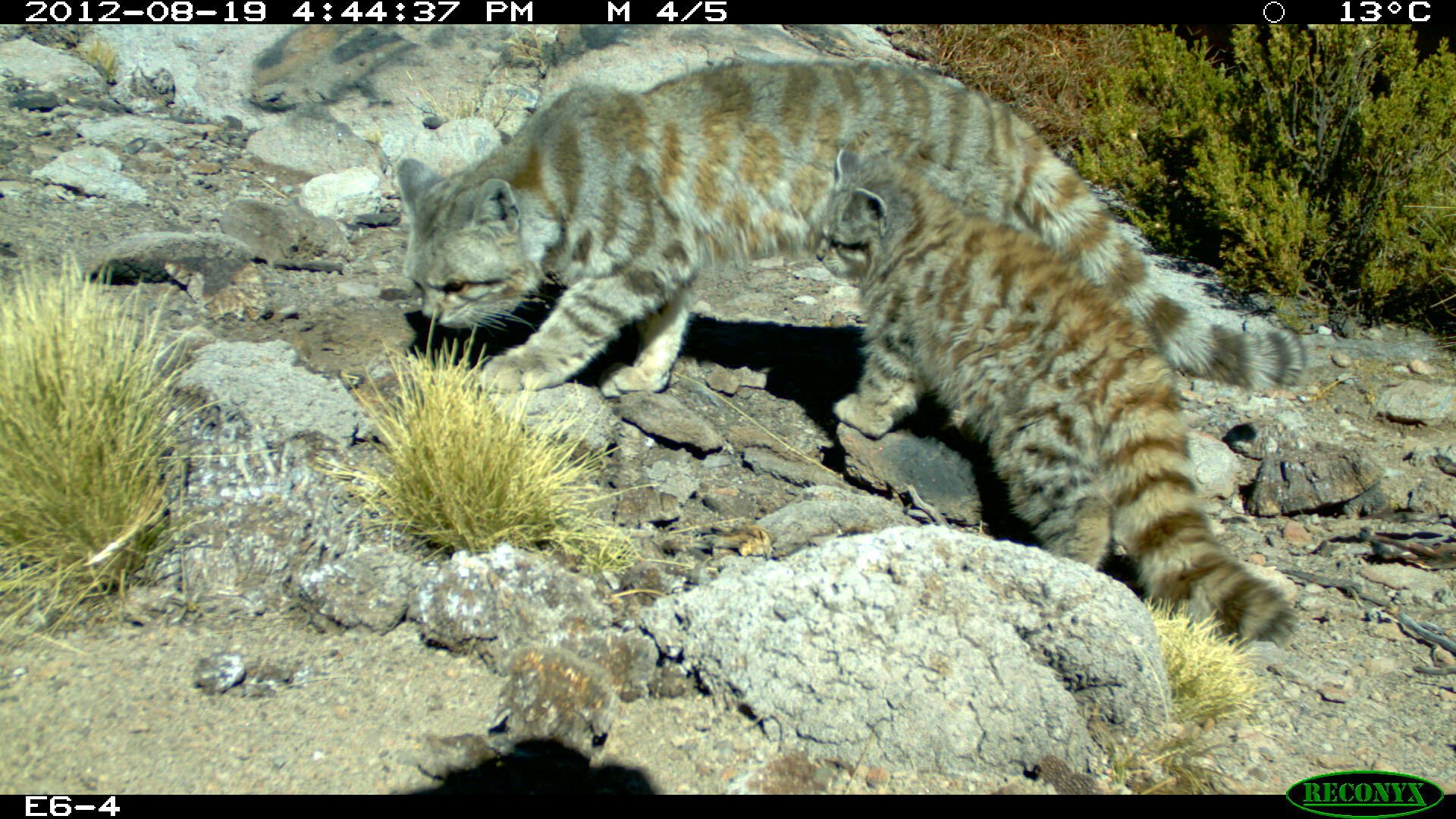
In 1927, the ornithologist Frank M. Chapman borrowed Shiras’s methods to survey animals at his field site on Barro Colorado Island in Panama, initiating the first scientific use of camera traps. He ended up with evidence of tapirs, ocelots, and coatis—as well as a sense of the unique emotional tenor of photography that is removed in space and time from the photographer, which he described as filled with “joys of anticipation” and “pleasures of realization.”
Other scientists soon caught on. In addition to species surveys, trappers began to be able to identify individual animals and document their activity patterns. These devotees also improved the technology, replacing magnesium powder with flashbulbs, getting cameras to run on portable batteries, or swapping out trip wires for beams of light that, when interrupted, caused the shutter to click.
Filmstrip-style photo series soon allowed for the elucidation of particular behaviors, like nest building and highway crossing. In the 1990s, a group of researchers in Nagarahole National Park, India, led by K. Ullas Karanth, performed the first statistically rigorous population study using camera traps, establishing through repeated photographs of individuals that about 11 tigers lived in the park.
Today, thanks to improved portability, battery life, image quality, and storage capacity, camera traps are some of the most popular tools available for wildlife study. The footage they capture has taught us about animals common and rare, gregarious and elusive.
Researchers use camera traps to ask serious questions, such as whether a certain species still exists in a particular habitat, as well as sillier ones, like what different animals do when confronted with a mirror. (Elephants inspect their reflected trunks and legs, while tapirs become startled.) And as the technology becomes more and more accessible, laypeople have been able to ask personal questions as well, such as “Who is coming by at night and eating my vegetable garden?” All, at this point, without any explosions.

THE WILD LIFE OF: A Cat Camera-Trapping Team
The Andean cat is one of the most elusive mammals on Earth. Cintia Tellaeche and Juan Reppucci, researchers with the Andean Cat Alliance, have rarely encountered them even with years of study. Creative use of camera traps helps them learn more about these high-living felines.
What sort of knowledge do we have—and not have—about the Andean cats?
CINTIA: Twenty years ago, almost nothing was known about the species. A couple of pictures proved the cat exists, and a few skulls in museums. But nothing was known about the biology and ecology. In 2004, the Andean Cat Alliance was formed by a few countries where the Andean cats are distributed.
JUAN: At the beginning, even the distribution was unknown. It was very evasive. Now we know more about habitat use, space use, activity patterns, and we have an abundance estimate for our area. We also now know that the Andean cat shares its whole distribution with another species, the Pampas cat.
Have you ever seen an Andean cat in real life?
CINTIA: I’ve never seen one in the wild.
JUAN: It took me nine years. That day was crazy, because I saw one Andean cat in the afternoon, and in the evening, I saw a Pampas cat. In nine years, not a single cat—and then in one day, I saw both.
What role do camera traps play in your work?
JUAN: Camera traps are very important. At the beginning, when the project was started, they’d find, in a month, maybe one Andean cat feces [deposit]. So all this work—camping at the site, doing nothing but looking for the cat—for one single data point. With a camera trap in a really good place, we might have, on average, one cat every 10 days.
How do you decide where to put the cameras?
JUAN: The Andean cat uses latrines—small caves where they leave feces. So we look for a general area that has latrines and then we look in that area for a nice spot. With time, you start to get an eye— like, a sense. Sometimes we look for a place and say, “That looks good.” You’re not sure why, but you know.
Is it possible to ask more in-depth questions with camera traps?
CINTIA: We have some videos of the cats making calls in Chile. And we also can study with pictures how they interact, with each other and with the Pampas cat. We can learn about the cubs, because we have some pictures of cats with kittens.
How do you stay patient when your study subject is so elusive?
JUAN: When you get an image of it in a new place, it’s always super exciting. To see that they’re walking the same places you are walking, even when you didn’t ever see them. It’s rewarding to see—well, they are still there.
Wild Life: An Explorer’s Guide to the World’s Living Wonders celebrates hundreds of surprising animals, plants, fungi, microbes, and more, as well as the people around the world who have dedicated their lives to understanding them. Pre-order your copy today!

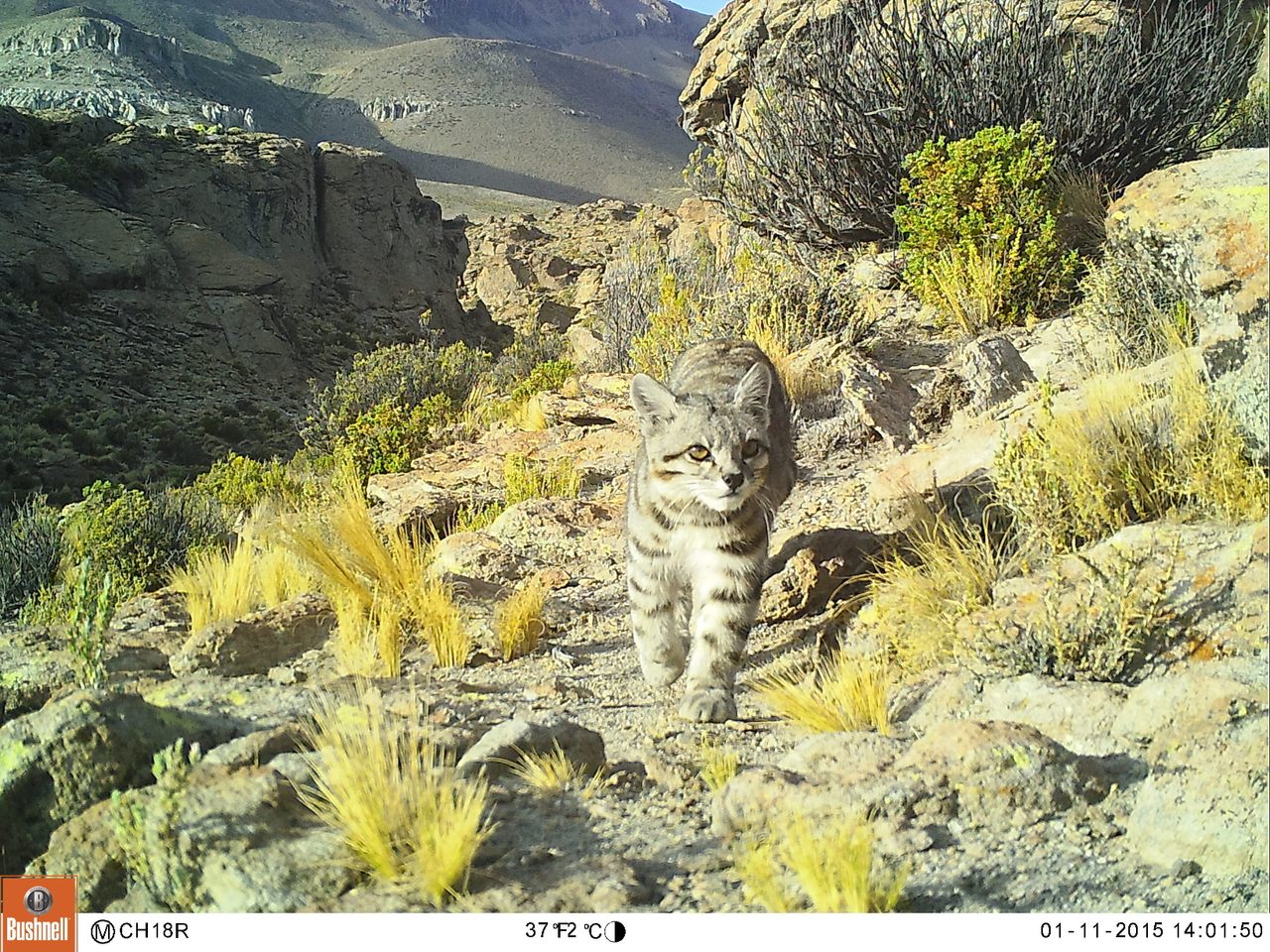

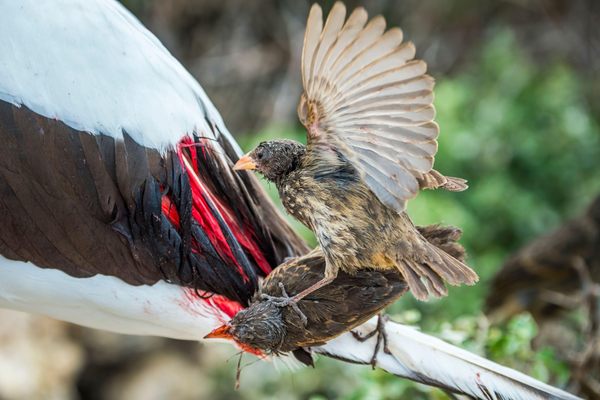
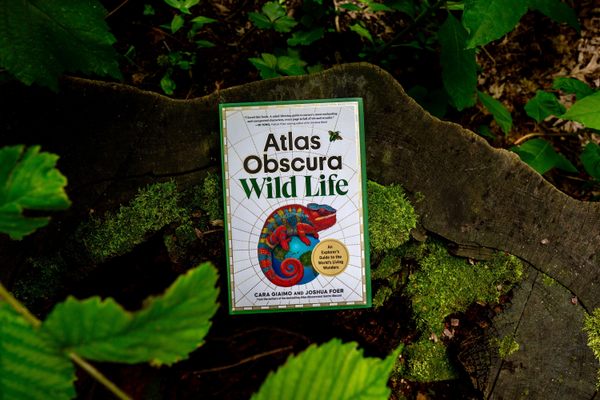
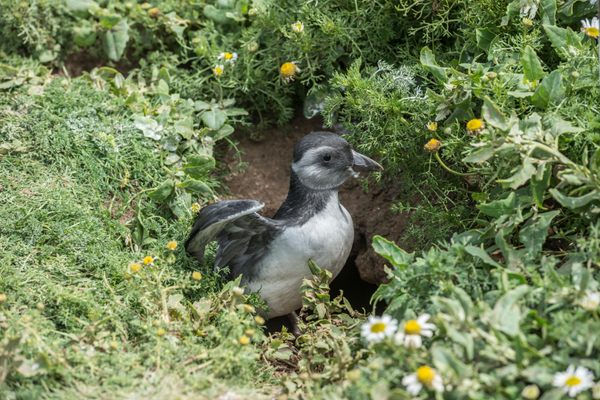
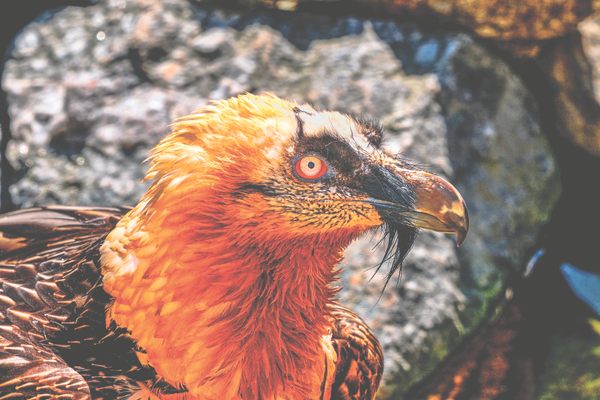
















Follow us on Twitter to get the latest on the world's hidden wonders.
Like us on Facebook to get the latest on the world's hidden wonders.
Follow us on Twitter Like us on Facebook